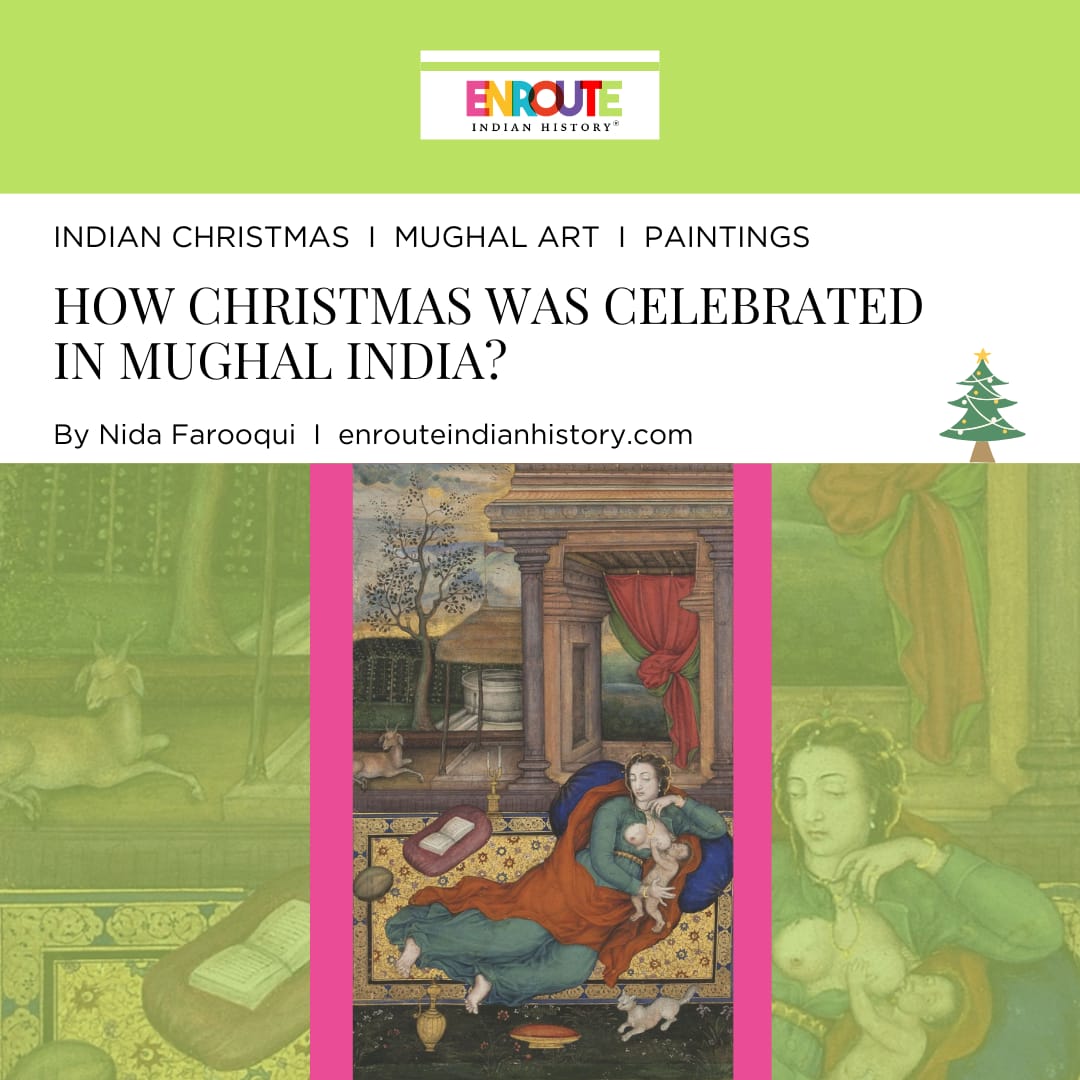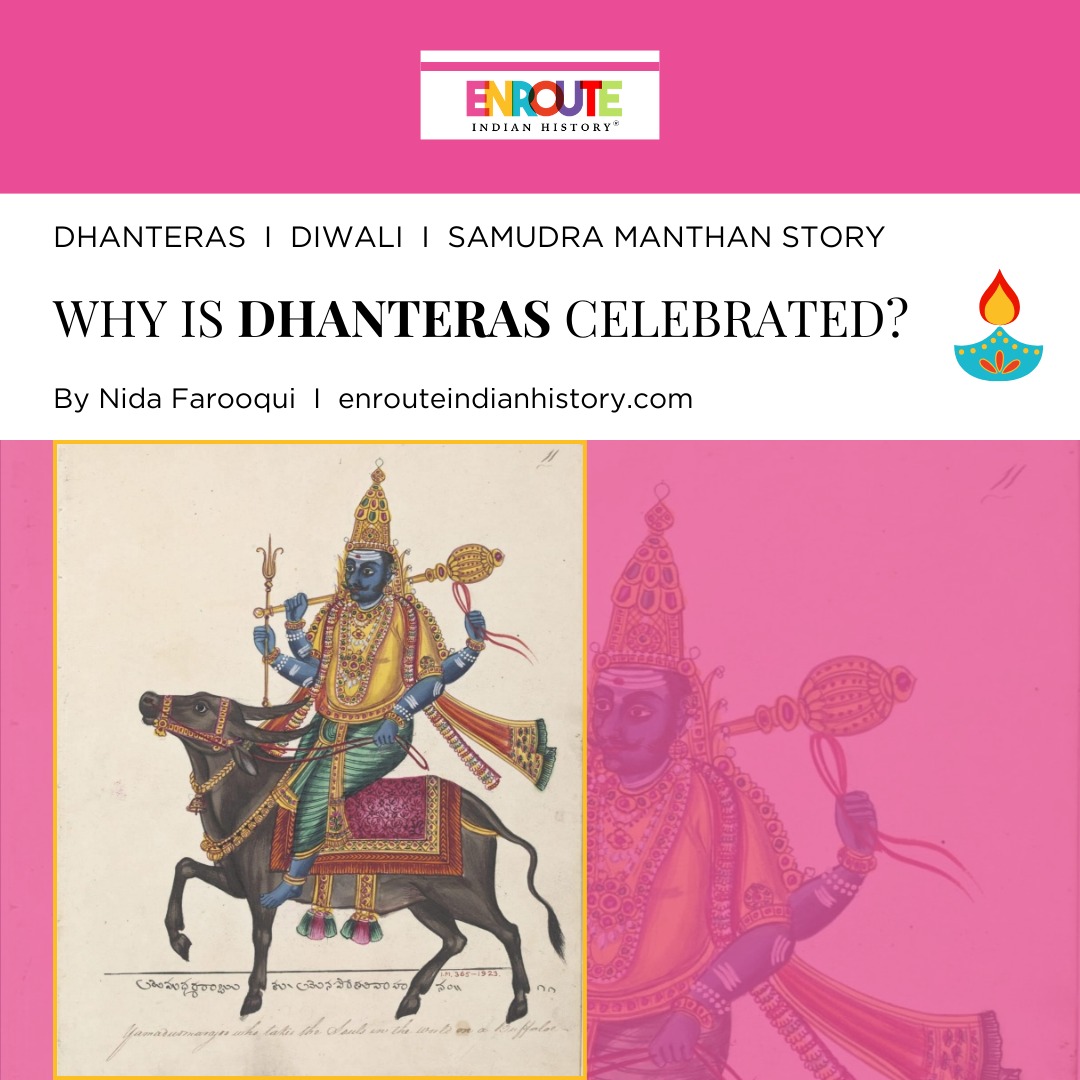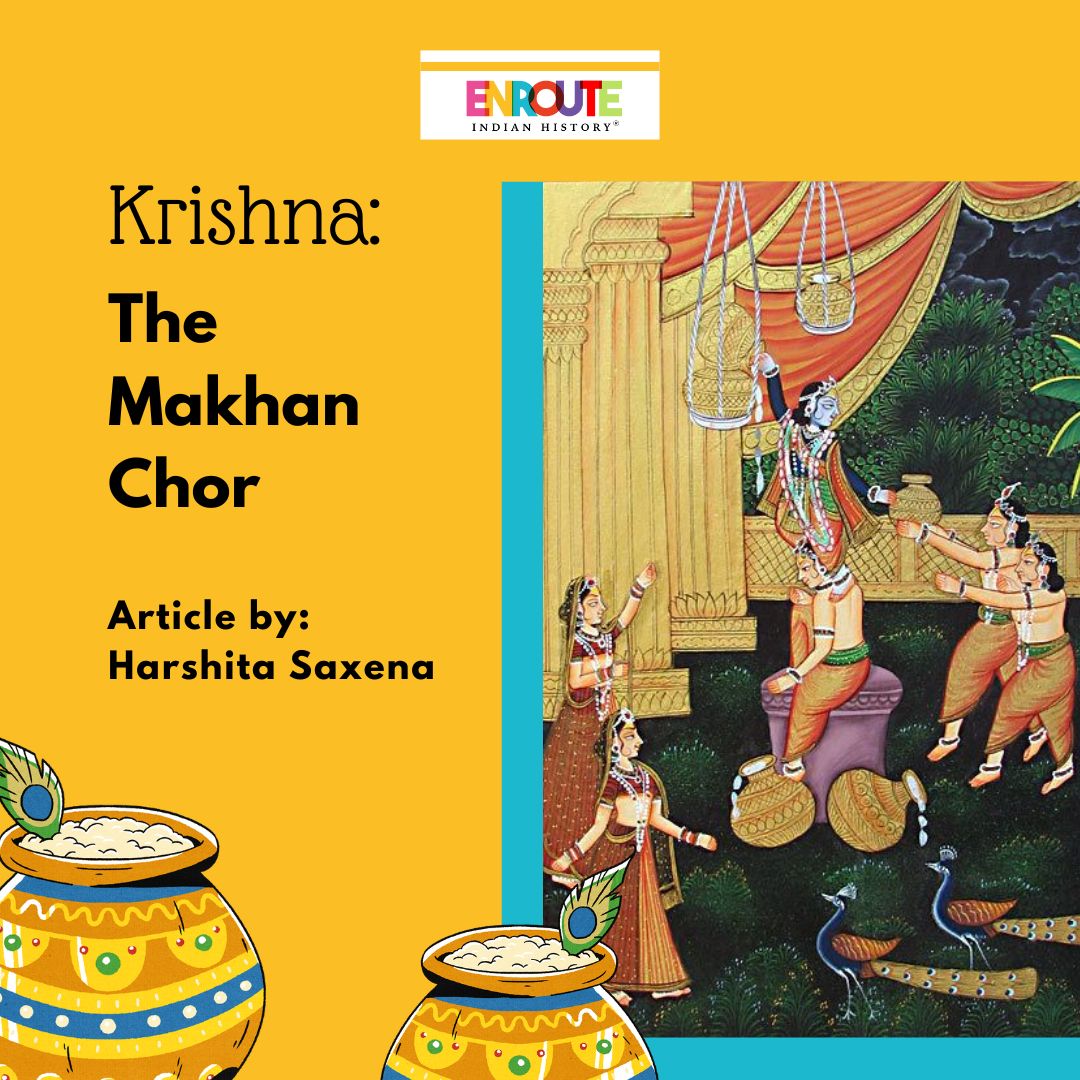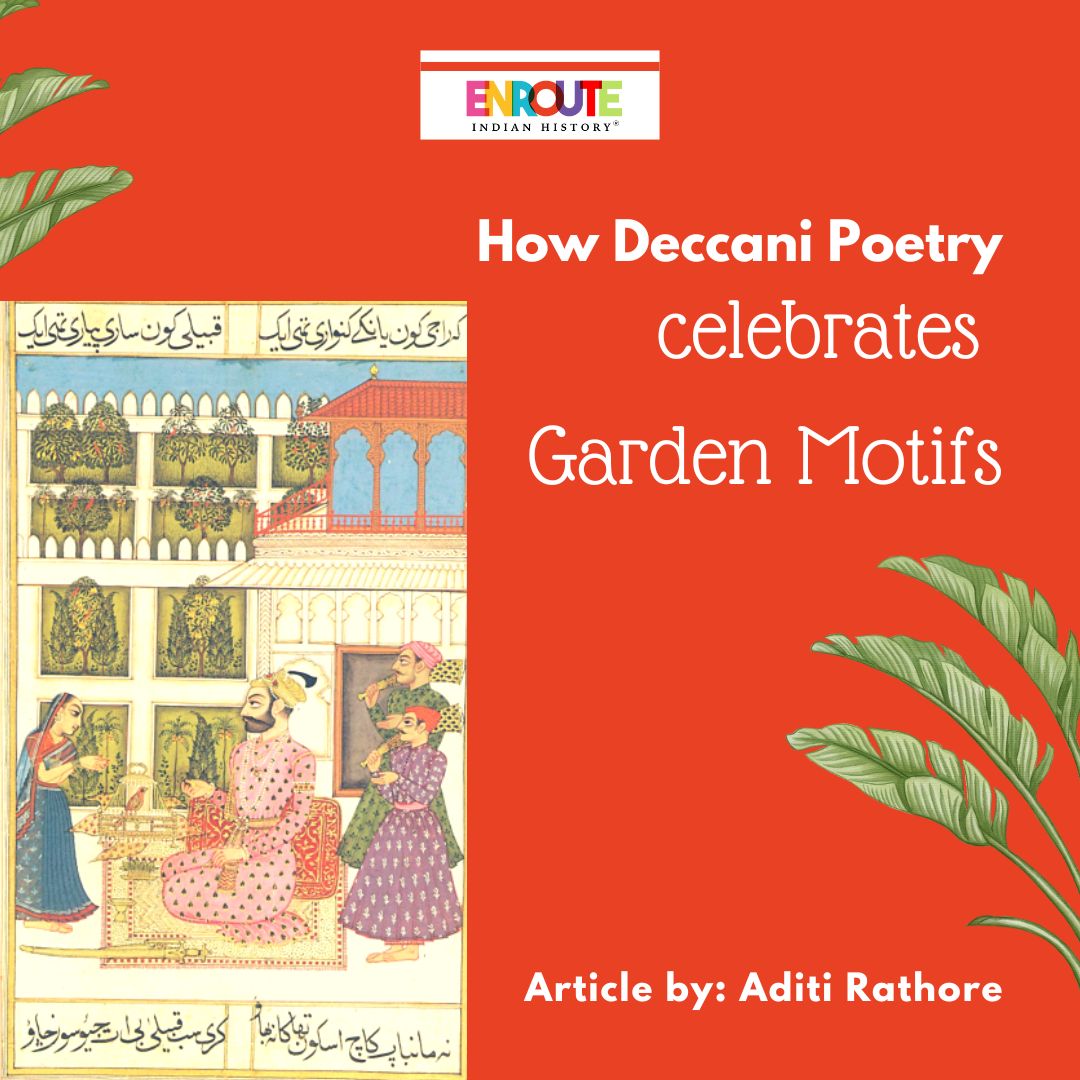
Gold predominantly known in jewellery form, had much more to it, the Deccani paintings of Tanjore takes us back to the epoch when gold was used copiously to display the opulence and grandiosity of numerous dynasties in play. Eyes of a monarch particularly focused on ‘glitters of gold’ rather than its durable ability―only understood by the guilds.
The Tanjore paintings go way back in 16 th century which probably dawned in Indian peninsular region of Tamil Nadu. Hence, has a classical South Indian painting style, the artform draws its immediate resources and inspirations from the era of Nayakas of Tanjore under the suzerainty of the Vijayanagara Rayas. 1 These paintings are characterized by substantial vivid colours, lucid iconic composition, glittering gold foils overlaid on delicate
but extensive gesso work and inlay of glass beads and pieces or very rarely precious and semi-precious gems. These are actually panel paintings done on wooden planks, and therefore referred to as palagai (wooden plank) padam (picture) in local parlance. As they are typically completed on boards made from jackfruit or teak wood.

A local artist painted this portrait of Raja Sarabhoji of Tanjore (Thanjavur) on glass around 1860. The raja is holding a flower. This is a common feature of portraits of Indian rulers. It symbolises the sitter’s sensitive and cultured nature. Most Company Paintings (pictures made by Indian artists for the British) were on paper or, less common, on ivory and mica (talc). Artists also occasionally used cloth, wood, or even conch shell. Chinese artists appear to have introduced glass-painting into India in the late 18th century. Glass-paintings were fragile and so the British seldom brought them back to England. This is one of only eight in the V&A.
Tanjore art’s basic canvas-making process itself is a distinguishing feature, two layers of cloth are pasted over a plank of jackfruit wood, with gum made from tamarind seeds; then, a paste of lime is painted over it. Once it dries and polished with stone, a drawing is made demarcating sections. Finally, the artist sticks on the gold (form of layering) and precious gemstones with a gluey limestone paste, before painting with vibrant colours. “This wasn’t just artistic or decorative choice. It was scientific says Veejay Sai, a writer of culture. “Even the way they made dyes was such that it provided protection against insects and also to make them last long”, he adds. Over time however, ply boards, fevicol and acrylic paints have replaced their natural, durable predecessors but “the love for gold has endured” says ornament historian Usha R. Balakrishnan.
Historically, gold has been valued for its scarcity, beauty and versality, making it valuable in many cultures. Gold, being non-reactive metal, does not rust or tarnish thus, considered pure and highly regarded as auspicious. Frequently associated to goddess Lakshmi especially, but also with other deities too. “Gold has always symbolized wealth, fire and an epitome of purity”, says Balakrishnan. 3 Consequently, led to a sporadic usage of gold in medieval India for ornamentation and other considerable substances. This very property also gave gold social currency.
The conspicuous feature that stood out from the rest was the use of wafer-thin gold foil or sheets to create a scintillate image which ranged between twenty-two to twenty-four carats of gold. Not only sheets of gold were being applied on images but even embellished the background. A noteworthy technique of placing gold foil on the base and engraving it with designs gave it a three-dimensional effect much before it emerged as a thing. Background of such paintings coloured either black or navy-blue paints to bring out the gold-layering of the artwork. Though the backdrop was painted by dark colours the outlines of the portraiture was adorned with intricate gold designs surrounding the main figure. Hallmark of Tanjore
paintings is the representation of a single deity, possessing an oval-shaped face, round eyes, and a well-defined body and are enclosed by drapes, arches or other architectural elements.
For gold embellishments, Tanjore artists use the gesso work technique to emboss selected areas of the artwork to cover them with gold foil. For the gold foil work, a gesso paste in a 2:1 ratio of chalk powder and gum is applied over in selected areas. Gold sheets are applied with this glue on the selected areas such as the ornaments and dresses of deities, the outline of portraiture, arches and architecture for the elevated glittering texture. 4
Within such portraiture the gilded temple arches with flowers, the ‘yaazi’ and the customary golden ‘kaasu malai’ (a chain comprised of tiny gold coins), 5 bright colours schemes, the usage of precious and semi-precious stonework, and actual gold foil work give the paintings life. As the phrase goes, all that glitters is not gold, especially in the world of Tanjore paintings. After receiving a Geographical Indication Tag in 2007 and becoming a highly commercialized traditional craft, the authenticity of the glittering works has become increasingly difficult to discern, especially without damaging the artwork. 6 Tanjore paintings may not always live up to their glittering reputation, as no regulatory body guarantees the quality of gold utilized.
Tanjore paintings are one of the last enduring customary works of art of India, thriving against the tide of time longer than expected from any art form. Tradition is mostly kept alive even today by a few dedicated artists based in Tamil Nadu. Along with the shift to the use of synthetic colours in the artworks, jackfruit and teak wood have also been replaced by plywood. The core survival theory behind these paintings is its adaptability towards the change in its format however, the designs and motifs remained unmodified. 7 Historians were of the opinion that earlier in medieval times actual gold were used in paintings but with time it shifted from actual gold to artificial gold foils or sheets. 8 Today, Tanjore paintings still have a broad appeal. In recent times, they have been commercialized extensively, and can be found being sold even in street markets. Although the artform has stood the test of time and continues to be popular, the general decline in quality is disconcerting to many art lovers.

‘Amruta kalasha’ brings to public viewing for the first time a rare collection of 19th and early 20th century paintings from Thanjavur, Mysore, Andhra, and Kerala curated by Kuldip Singh. Picture courtesy : Kiran Nadar Museum of Art
What is heartening though, is that workshops and training camps are being held to ensure that the artform continues to thrive, while retaining all the opulent, traditional and artistic elements that make up the essence of the Tanjore artform.
References
1 Chaitanya, Krishna. A History of Indian Painting : The Modern Period, Abhinav Publications; First Edition (1 January 2003) pp. 36-37 ISBN 8170173108
2 Balakrishna, Usha. India: Jewels that Enchanted the World, edited by Ekaterina Shcherbina, published by Indo-Russian Jewellery Foundation (2014), ISBN:9780992840402, 0992840406
3 Ibid, pp. 56-59
4 Preserving the past – Unique achievement by archaeologists in restoring Thanjavur paintings – S.H. Venkatramani in Thanjavur 19 November 2013 | Updated 16:06 IST http://indiatoday.intoday.in/story/unique-achievement-by-archaeologists-in-restoring-thanjavur-
paintings/1/328875.html
5 Prasad, R. Does your Thanjavur painting have fake gold? Published by the Hindu, July 04, 2018 01:02 am | Updated 07:06 am IST – Chennai.
6 Parakala, Vangmayi. Tanjore Paintings: The Guild of Gold, published by Voice of Fashion, August 5 (2020) https://www.thevoiceoffashion.com/intersections/features/tanjore-paintings-the-guild-of-gold–3946
7 Nachiappan, C. Thanjavur Paintings in Koviloor, Kalakshetra Publications 14 Nov 2004, 1st ed. Pp.68-72
8 Ibid. pp. 87-88
- August 29, 2023
- 8 Min Read

























